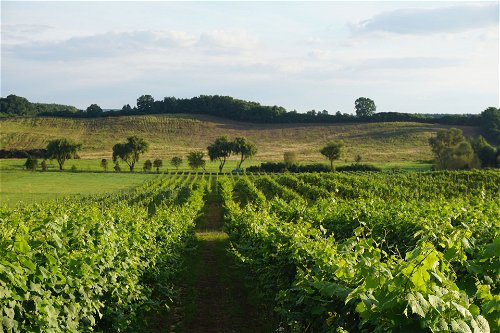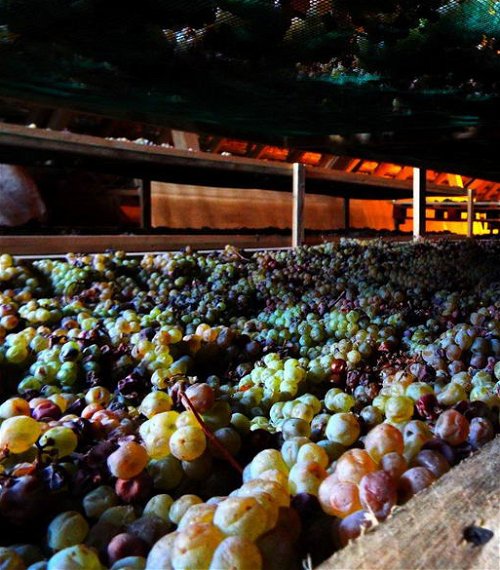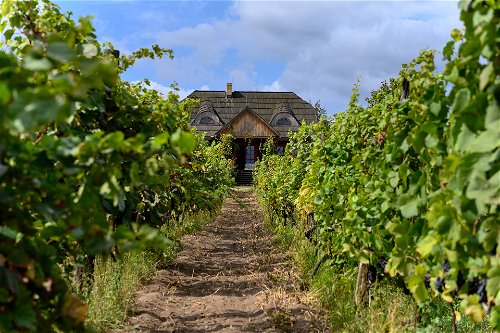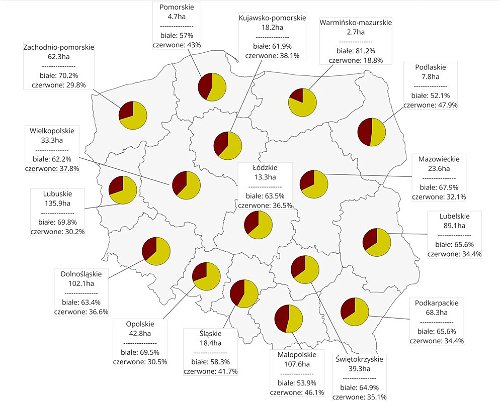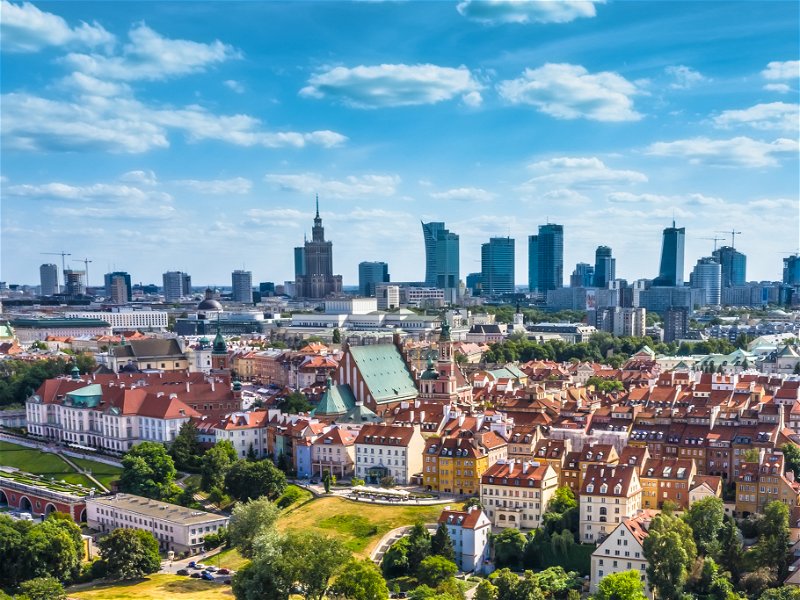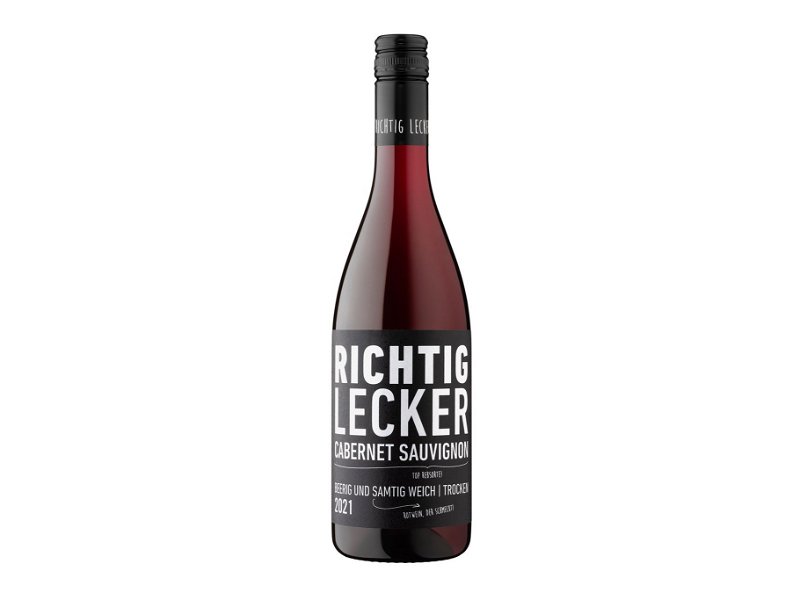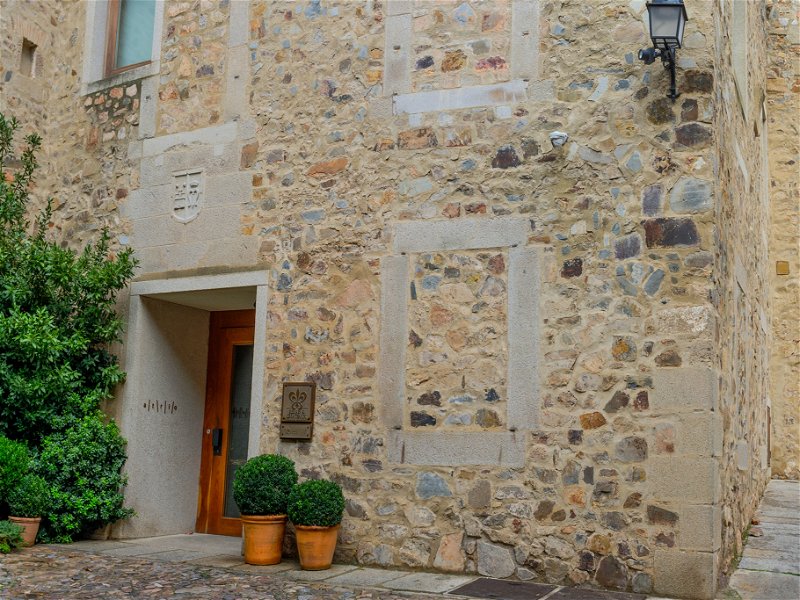Polish wine: the next big thing
Cool climate, vast expanses of cheap land, a buoyant home market, and dynamic entrepreneurship: Wine culture in Poland continues to expand.
Have you ever tasted wine from Poland? Located largely above the 50th parallel and historically more famous for its vodka, the country might seem an unlikely source of fermented grape juice. Yet it now hosts no fewer than 400 wineries, making well over 2m bottles annually. On the local market, Polish wines have become ubiquitous, from supermarkets and gas stations to prime spots on Michelin-starred restaurant wine lists. Exports are picking up, too. A presentation in Brussels last year was sold out, and the second edition of Polish Wine Fest in Dublin saw hundreds of drinkers eager to discover Poland’s vinous elite.
The country came to wine production later than Denmark, Belgium or the Netherlands, also included in Europe’s viticultural Zone A, but now has many more hectares and wineries, and is trailing Great Britain. In reality, Poland has several advantages over other Northern European producers. Although its climate is more austere than England’s, its vineyards are less concentrated in the south, and even the Baltic Sea coast near Szczecin has proved viable for viticulture. Secondly, land prices and production costs are significantly lower than in Western countries. Even with investment costs and low yields due to the cool climate, larger wineries have been able to secure supermarket listings at less than 30 PLN (7 EUR) inclusive of tax, making local wines accessible to a wider public. Thirdly, Poland’s grape and style mix is far richer than Belgium’s or England's, ranging from new-generation PIWI hybrids to Zweigelt and Merlot and from inexpensive semi-sweet whites to pét-nats, orange, and qvevri wines.
Vineyards now exist in all of Poland’s sixteen administrative regions (voivodeships). The main concentration is to be found in (clockwise from the northwest):
Western Pomerania: a young area south of the Baltic, with new estates following the success of Turnau and Kojder, two of Poland’s leading wineries. Good Johanniter, Solaris and even Riesling.
Lubuskie region: before World War 2, this area belonged to Germany and its largest city, Grünberg (now Zielona Góra), produced large quantities of Sekt. Several producers are relaunching sparkling wines here, and Vinifera grapes of German tradition are very successful, including Riesling, Pinot Noir and Gris, and Traminer.
Lower Silesia: south and north of the buzzing city of Wrocław, clusters of wineries benefit from Poland’s mildest climate, which favours noble grapes such as Pinot Noir and Chardonnay. Trzebnica Hills (Wzgórza Trzebnickie) has claims to be the country’s best terroir. The other parts of Silesia (Upper and Opole) are developing fast, too.
Lesser Poland: located around Kraków, the area is developing wine tourism and has an added advantage of chalky limestone soils. Wine styles are less defined than in other regions, but white wines dominate.
Subcarpathia: Poland’s south-eastern corner was actually the earliest to develop commercial viticulture, despite its relatively harsher continental climate. Hybrids dominate the grape mix. Cheap land has attracted large-scale investments. Higher altitudes and cooler weather patterns give the wines a special acidic zing.
Sandomierz region and MPW (Małopolski Przełom Wisły, Vistula River Gorge of Lesser Poland): located in central Poland south of Warsaw, these twin microregions have well-established wine tourism and dynamic vintners’ associations. Natural wine producer Dom Bliskowice and young maverick Kamil Barczentewicz, who champions Chardonnay and Pinot Noir, are amongst the country’s top names.
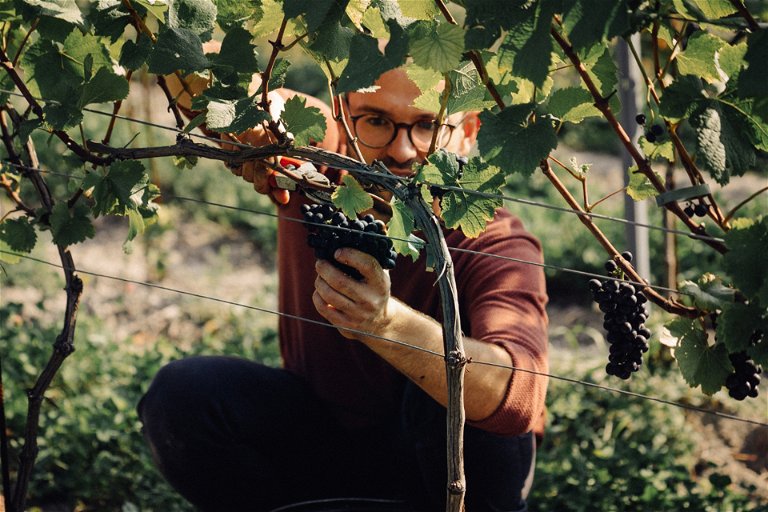
A growing market
Wine culture in Poland continues to expand, with the market consistently growing by 10–15 per cent per year and now larger in global terms than Finland’s or Belgium’s. As imports from countries such as Spain, Italy, and Germany increase, the environment for Polish wine remains extremely positive. Despite strong price competition from countries with larger production, domestic wines are enthusiastically embraced and an entire subculture of local wine festivals and bars has developed. While many wines still suffer from rudimentary winemaking and underripe fruit, the learning curve is extremely steep and quality improves by leaps and bounds. The most successful producers can now invest in replanting, modern equipment, longer ageing of the wines before release, marketing, and distribution. In 20 years, Polish wine has grown from zero to a buzzing, colourful reality, yet the feeling is that it’s only the beginning.
Note: Winnica means “Vineyard” (or in fact, Winery) and appears in the name of most producers.
11 Polish wines to try
Winnica Jadwiga Różowa Pantera
“Pink Panther” is actually a dark rosé / light red, cloudy sparkling wine made using the Merret method (secondary bottle fermentation but not disgorged). It’s arguably the best use for the often uninspiring Rondo hybrid, and brims with crunchy cherry fruit and mixed herbs. A very original style, positively edgy but not overly funky, it’s dangerously easy to drink.
Winnica Gostchorze GostArt
Frenchman Guillaume Dubois pioneered traditional method sparkling wine in Poland, planting Champagne grapes as well as Riesling, Pinot Gris and Blanc on his extensive estate north of Zielona Góra. Released at various dosage levels and disgorged successively throughout the season, his flagship GostArt cuvée is widely available, keenly priced, and always reliable. Market presses Dubois to age the wine on lees for just over a year, but his experimental disgorgements aged up to three years are truly excellent.
Winnice Kojder Souvignier Gris 2021
The Kojder siblings, Anna and Artur, run their ambitious winery in Western Pomerania near Szczecin fully organically, and have notably championed the new-generation PIWI Souvignier Gris. Made in stainless steel in a clean style full of peary fruit and snappy acidity, it is one of Poland’s most reliable bottlings each year, and will give an Alto Adige Pinot Grigio a run for its money.

Piwnice Półtorak Pálava 2019
On the long list of grape varieties used in Poland, this 1953 cross of Traminer and Müller-Thurgau is quite confidential, but shows promise in several regions including Lower Silesia and Subcarpathia. where businessman Mariusz Półtorak has spared no investment in his impressive 15-hectare wine estate. Full of rich, almost smokey tangerine fruit evocative of its Traminer lineage, the wine is framed by a refreshing, cool-climate acidity.
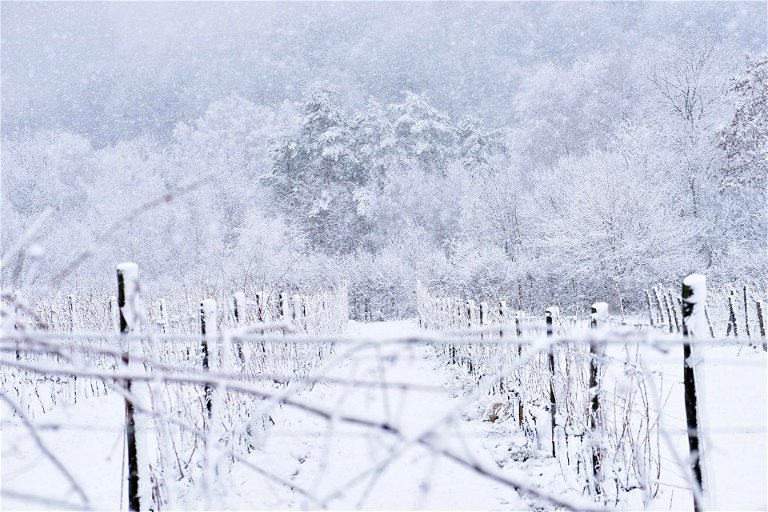
Winnica Turnau Riesling 2021
Turnau is now the largest estate in Poland with a focused range of varietal wines and hardly a dud. Their oaked Chardonnay is a classic but I have a soft spot for their poised, limey Riesling, which shows fine precision and a proven affinity to age in the bottle. It has the snap and zing of a good example from the Rhine—unsurprisingly perhaps since Frank Faust, Turnau’s consultant winemaker, operates his family winery in the Rheingau.
Kamil Barczentewicz Pinot Blanc Béton 2021
Barczentewicz has been the wunderkind of the Polish wine industry ever since his debut vintage, 2019. Working almost exclusively with Vinifera grapes, he deserves credit for betting notably on Pinot Blanc, a grape vastly underused in Poland. His finely defined, citrusy concrete-only cuvée (there is also an oaked one) has fine acidity, clear minerality, and more noblesse than even the best PIWI varieties.
Winnica Equus Kadryl 2019
Łukasz Chrostowski’s well-established estate in Zielona Góra focuses on white and red blends which (a rare thing for Poland) are released with several years’ bottle age. And so this nicely mature blend of Traminer, Pinot Gris, Kernling and Solaris shows a rich leesy texture and ripe orchard fruits, with fine freshness to match. The Grüner Veltliner and Cabernets at this winery are also excellent.
Winnica Skarpa Dobrska Zweigelt Adonis 2019
Located in Central Poland on rolling limestone hills, Skarpa Dobrska have been an early adopter of Zweigelt. The Austrian grape has returned the favour by ripening reliably (13.5% alc. here) and yielding wines of generous blueberry flavour and good vinosity, not something to be taken for granted in Polish reds.

Winnica Płochockich St. Laurent 2020
Barbara and Marcin Płochocki are amongst the pioneers of Polish viticulture and their approach to the demanding St Laurent grape shows experience and maturity. Subtly perfumed with bramble, black cherry and wet earth, the 2020 is particularly convincing in its polished, civilised tannins. Considerable potential.
Winnica Ingrid Pinot Noir 2020
Best red wine at least year’s Polish Corks in Poznań, the leading national competition, this Pinot from Western Poland alludes to German Spätburgunder in style, mixing a pleasant peony nose with earthy spice and vanilla oak. Well-ripened, finely controlled, and really sophisticated by Polish standards, this shows what Pinot can achieve here in the future.

